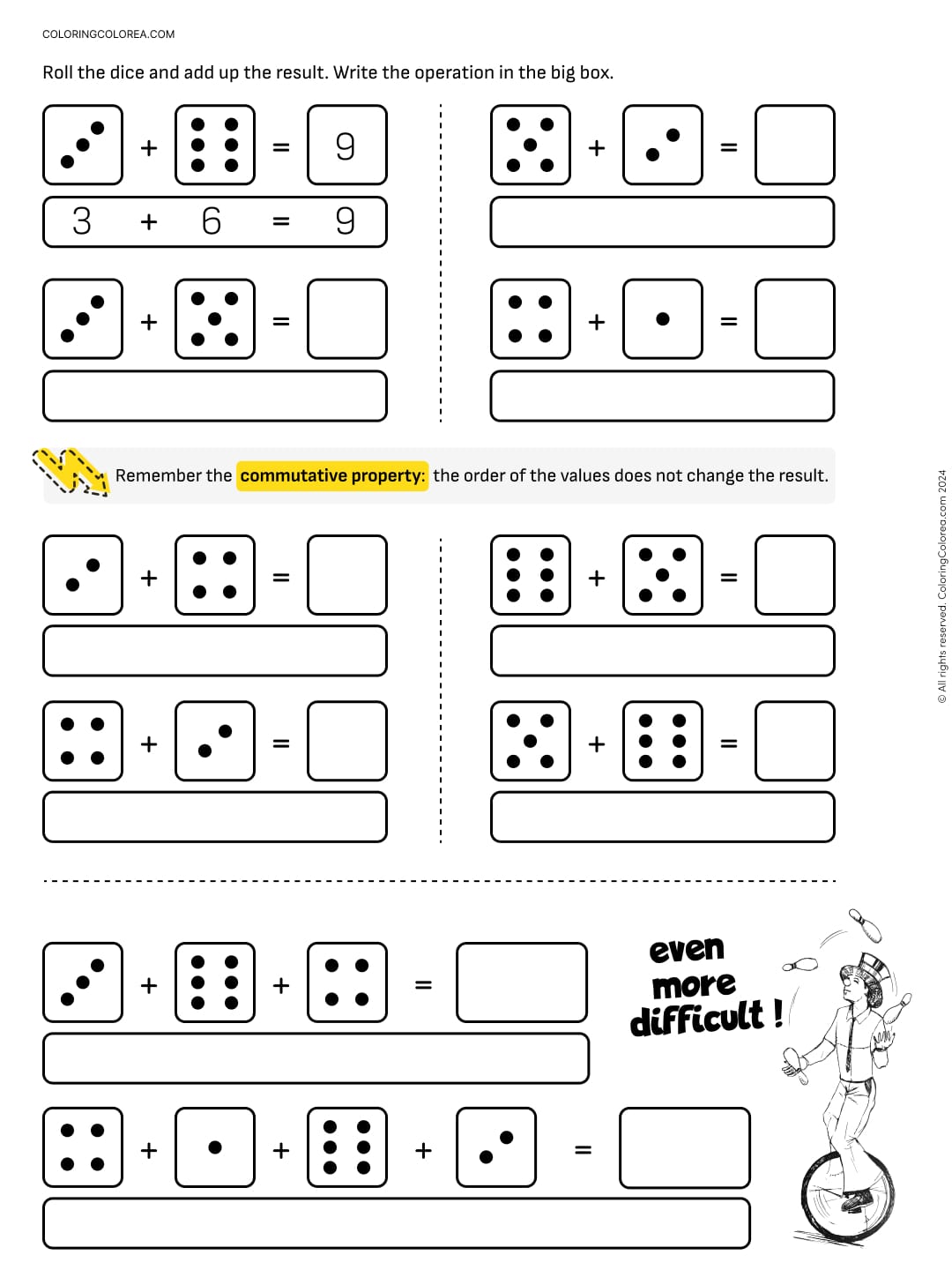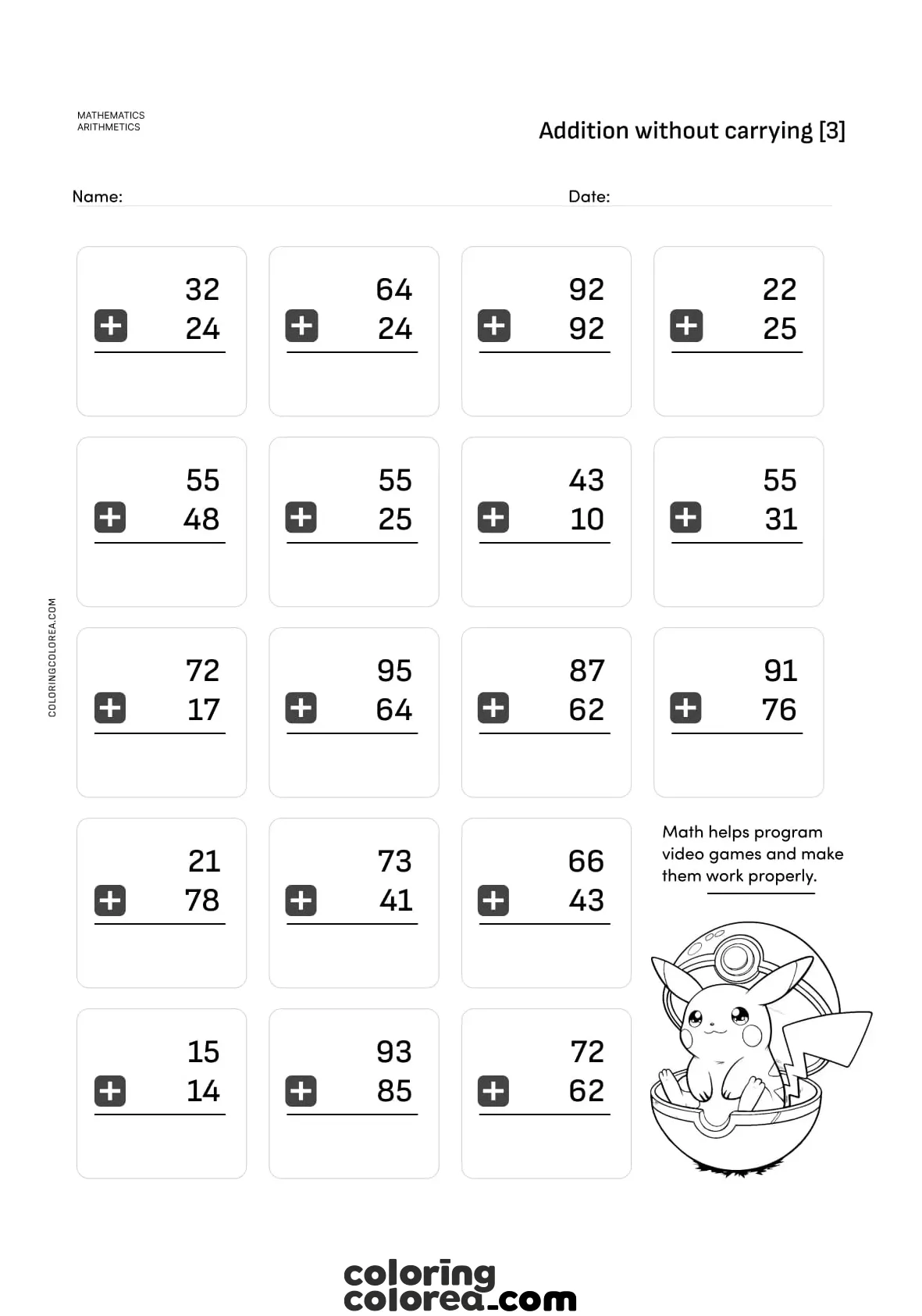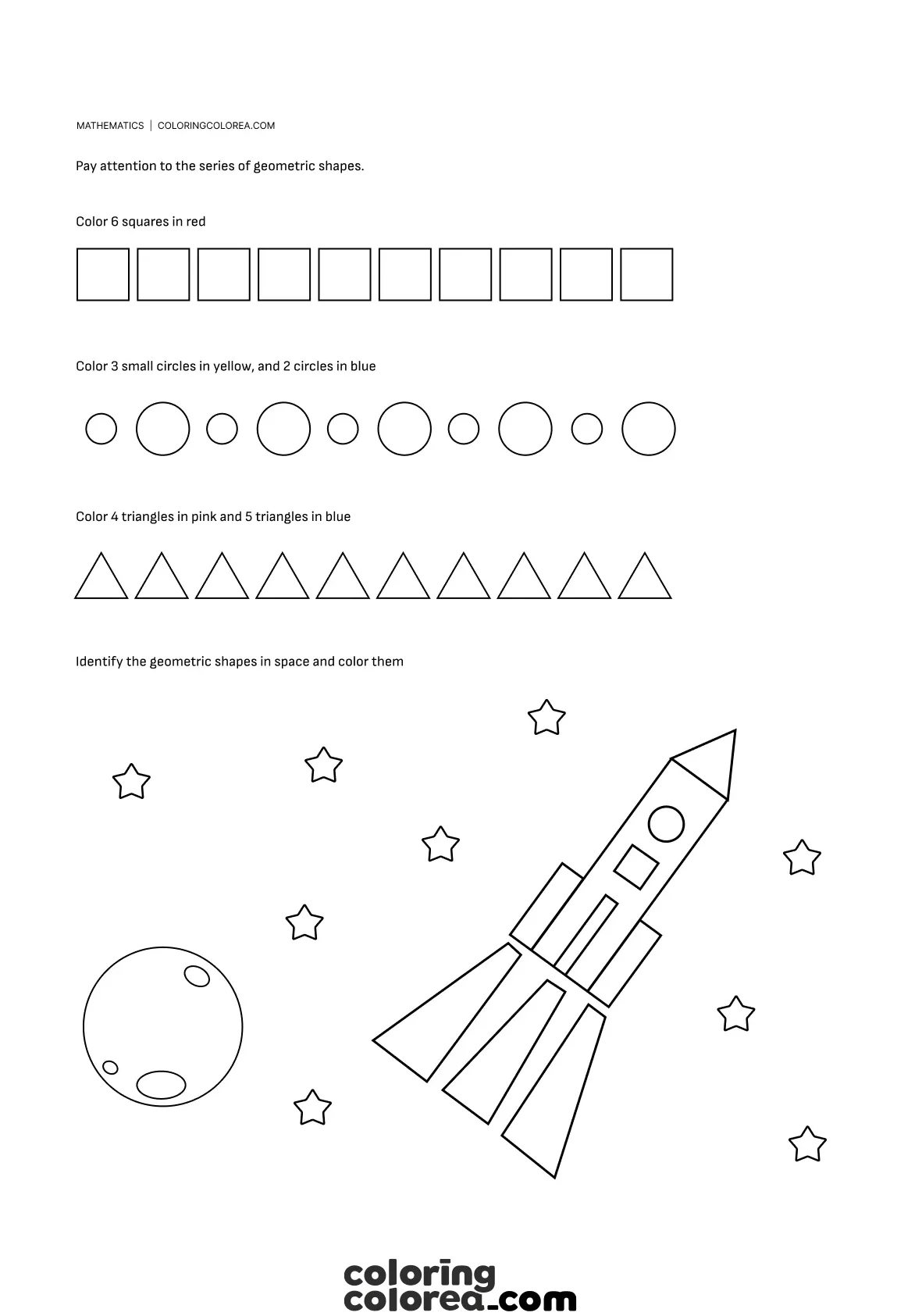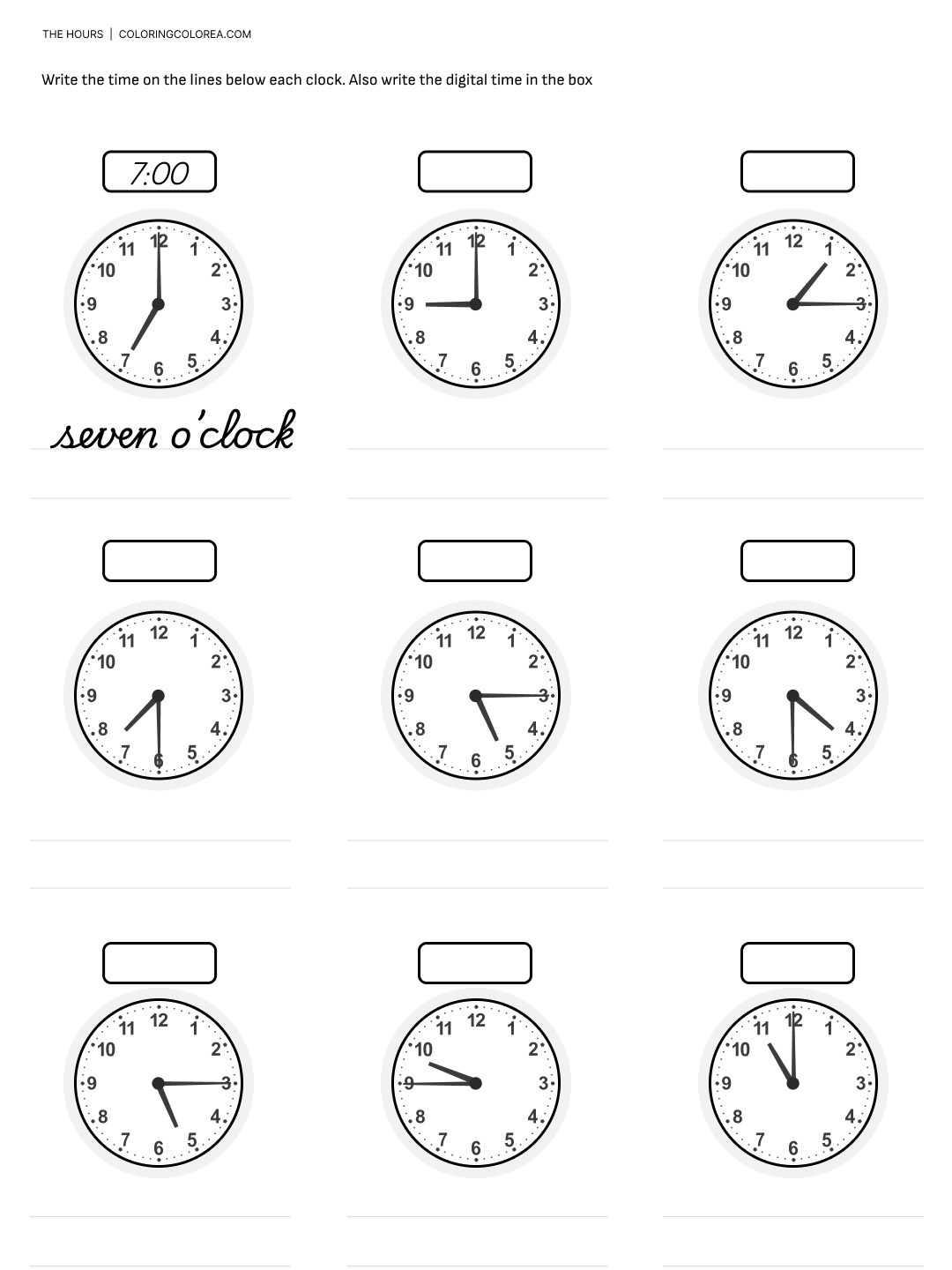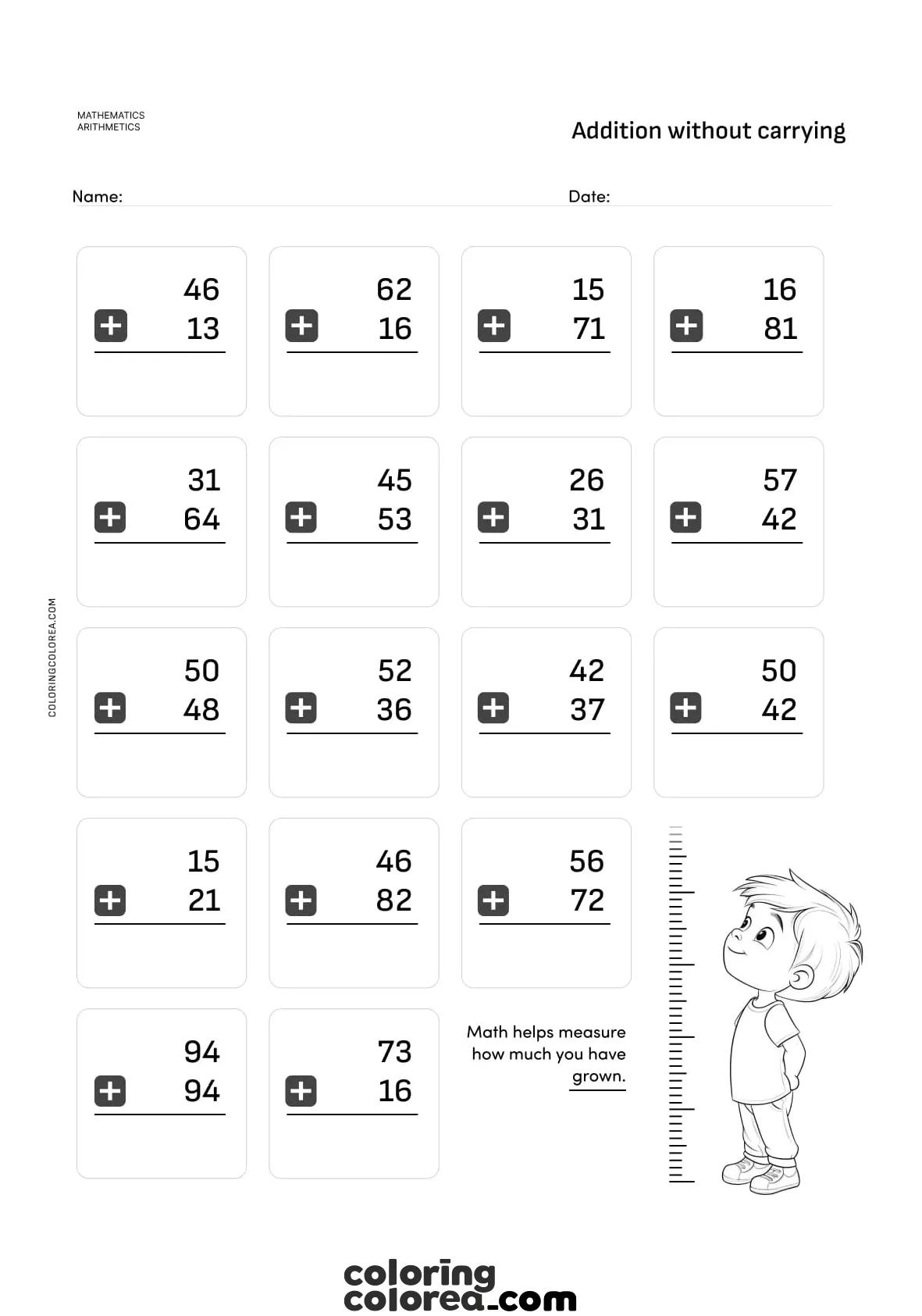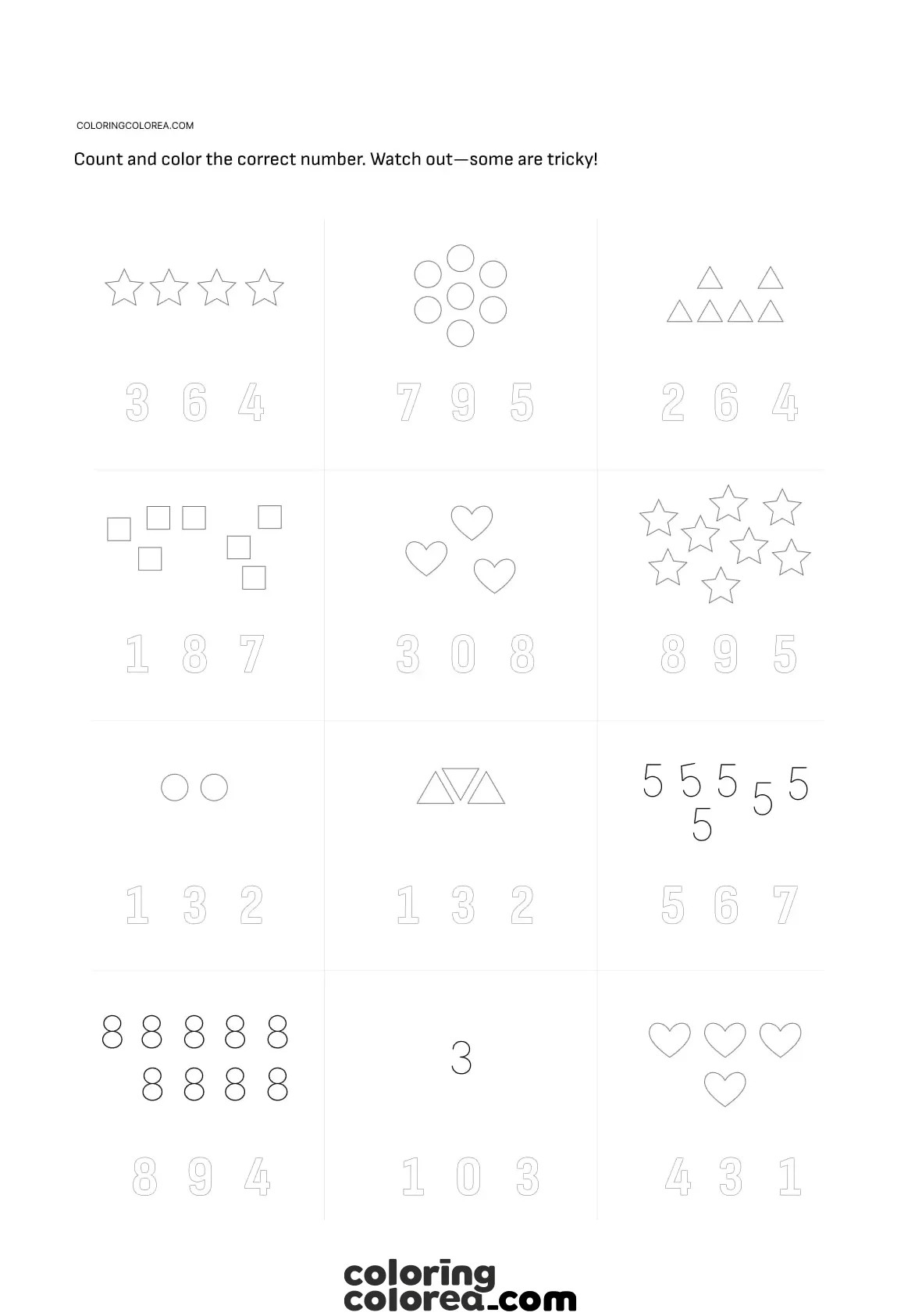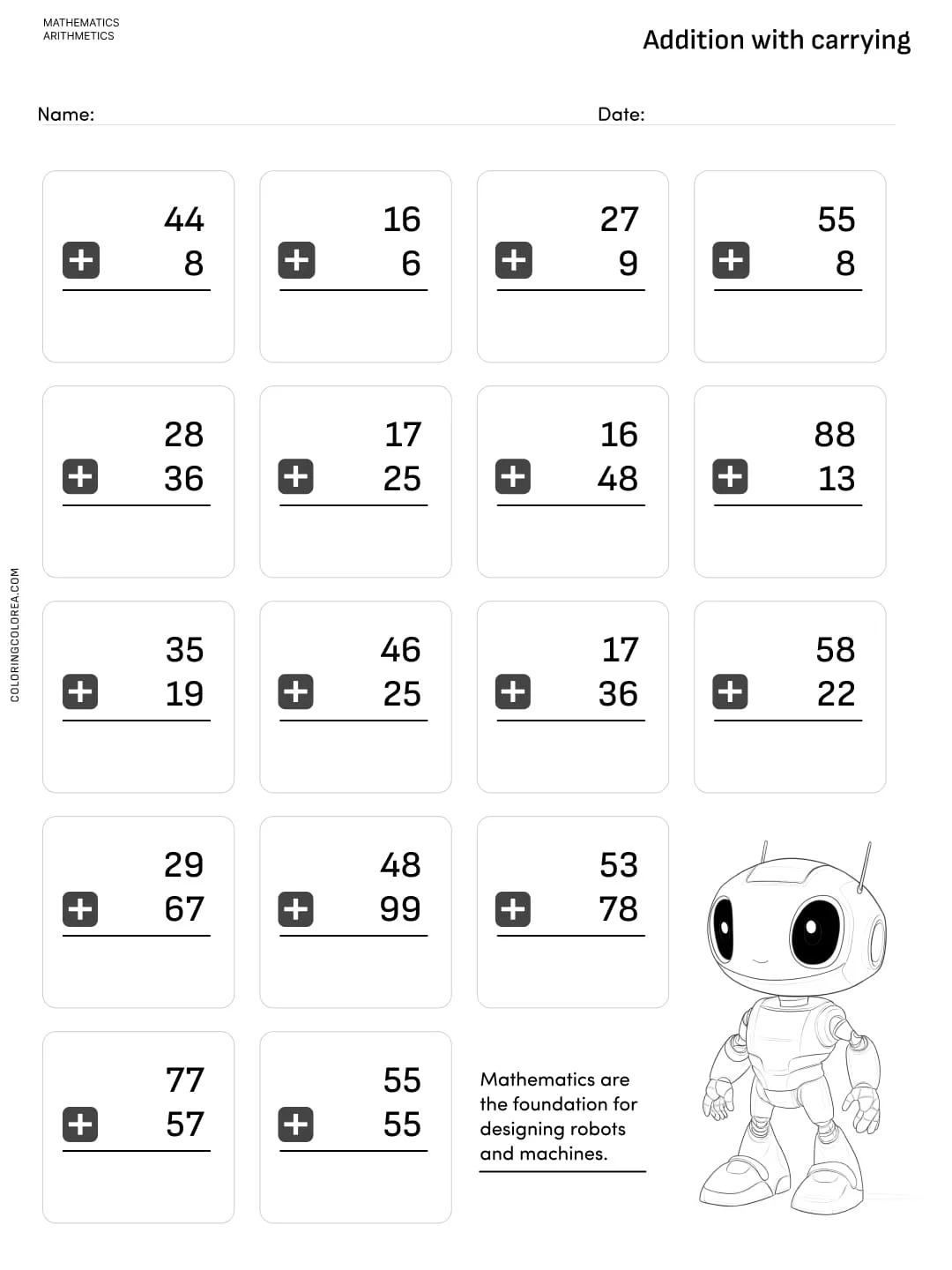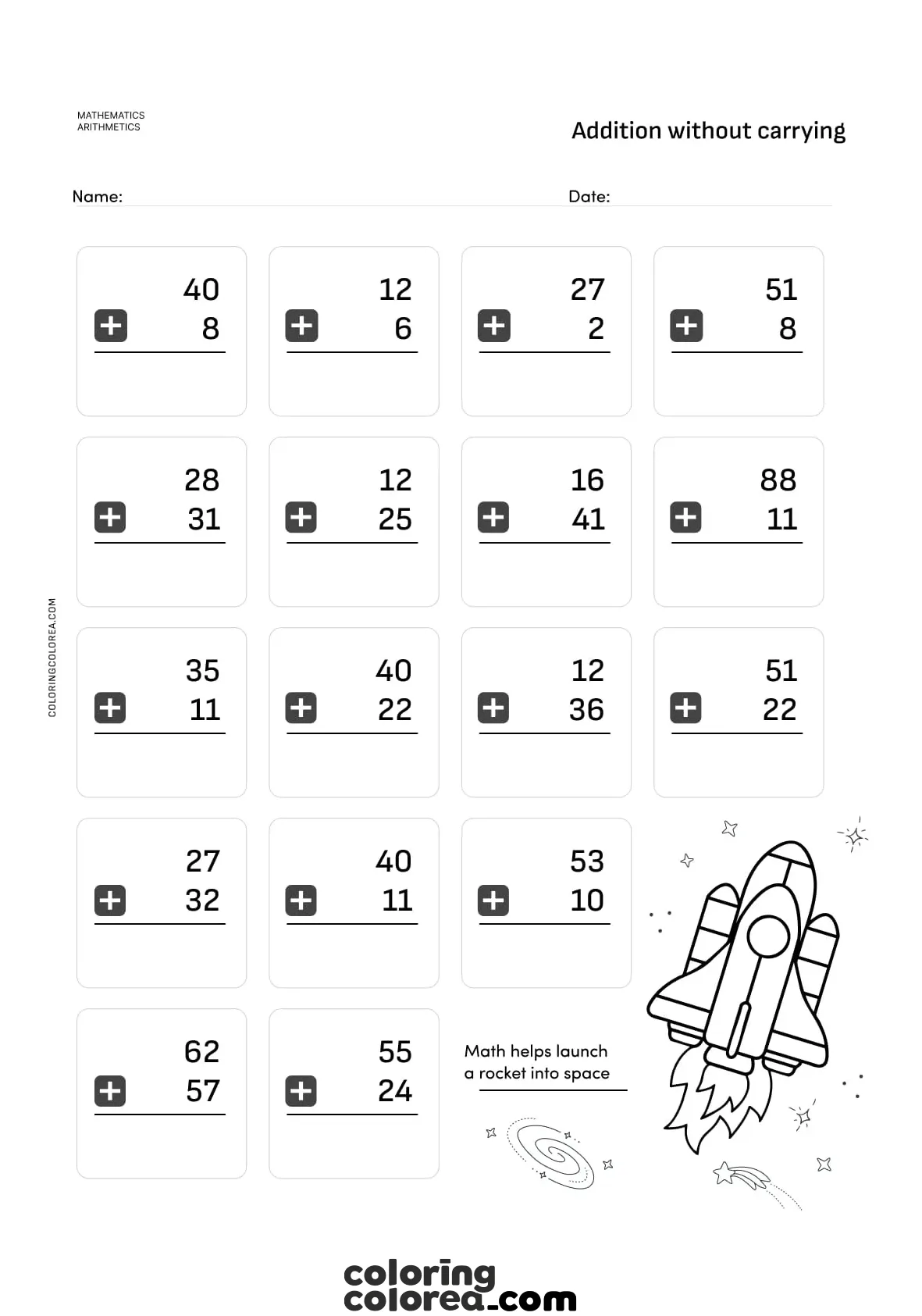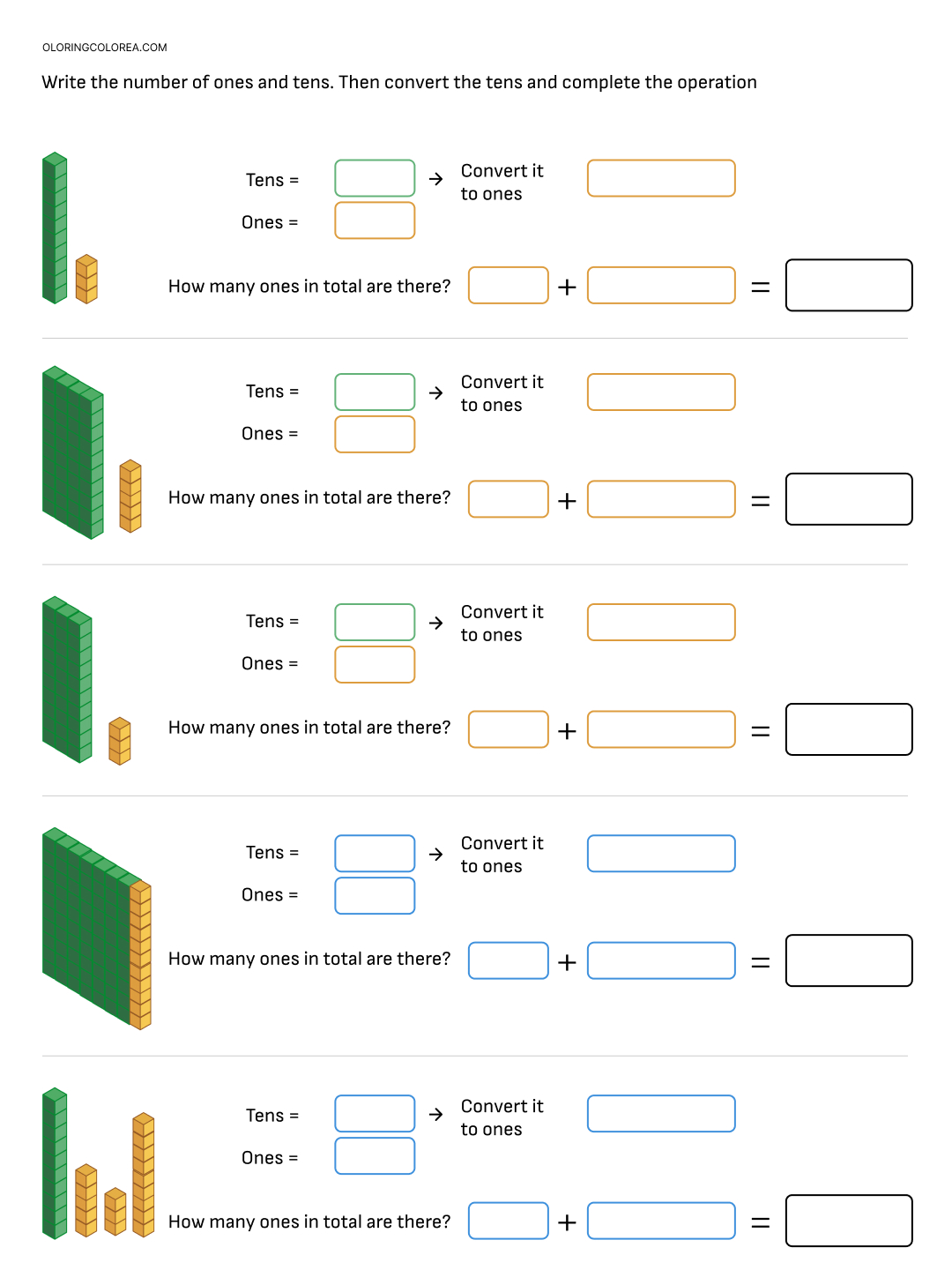Basic instructions:
Students should roll the dice (or use the values already presented in the exercise), add the values shown, and write the corresponding operation in the large box below each set of dice.
For example, if the dice show a “3” and a “6,” they should add those two values, write the result in the box, and then represent the operation (in this case: 3 + 6 = 9).
Commutative property: As students progress through the exercise, they will apply the commutative property. This means they should understand that the operation 3 + 6 is equivalent to 6 + 3, always giving the same result. The worksheet highlights this property by reminding students that “the order of the values does not change the result.”
Additional challenges: At the end of the exercise, there are sums with more than two dice, increasing the level of difficulty and allowing students to practice adding three or more numbers, which further enhances their mental math skills
Objectives of the exercise:
- Addition practice: This exercise allows students to practice addition repeatedly, solidifying their ability to add numbers quickly and accurately.
- Understanding the commutative property: By changing the order of the addends, students can practically experience the commutative property of addition, an essential concept in mathematics that will be fundamental in more complex operations in the future.
- Developing mental math skills: With sums involving three or more dice, students reinforce their ability to perform mental calculations, improving their speed and accuracy when adding multiple values simultaneously.
- Applying knowledge in visual contexts: By using images of dice, the exercise connects mathematical operations with visual representations, making it easier to understand for students who benefit from a visual learning approach.
